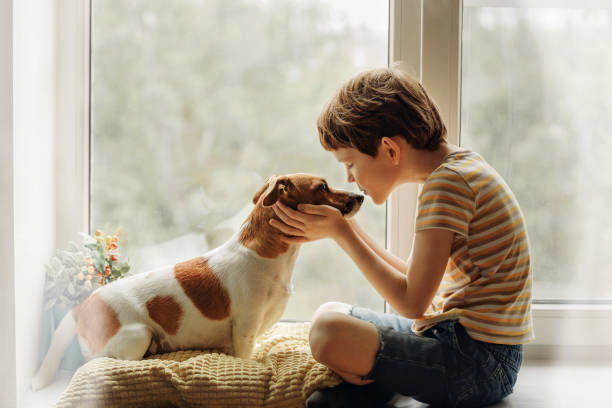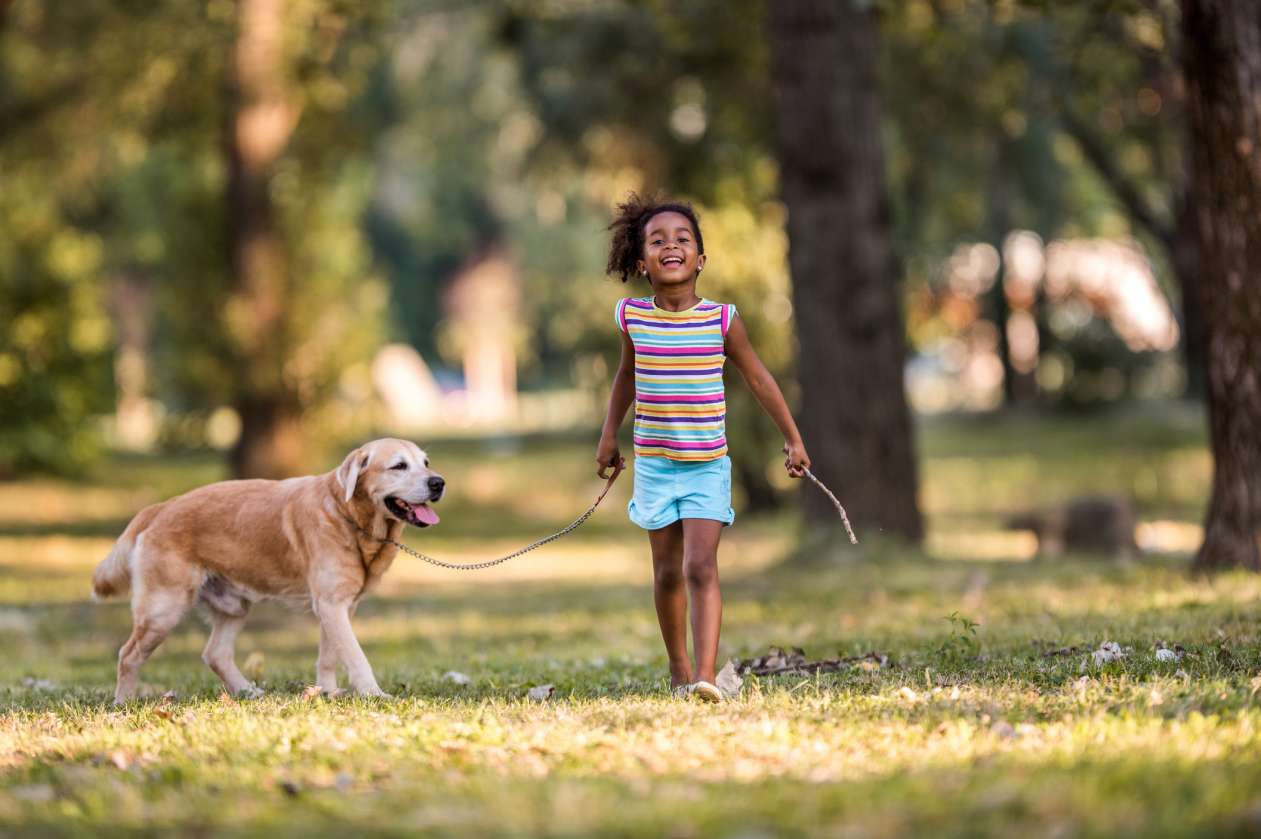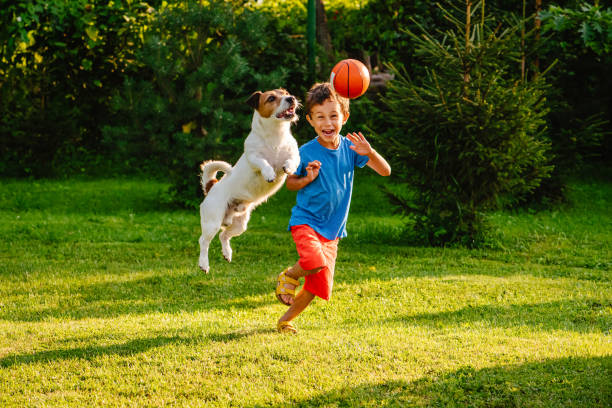Published on PetFriends | By PetFriends Editorial Team
Pets have been part of family life for centuries, but did you know that growing up with pets can significantly influence a child’s development? From emotional growth to social skills and even immune system benefits, the presence of animals during childhood offers unique advantages.
At PetFriends, we’re passionate about exploring how pets enrich the lives of children and families. This blog dives deep into the science and stories behind the important role pets play in healthy childhood development.
Emotional Benefits: Building Empathy and Compassion
Children who grow up with pets often develop stronger emotional intelligence. Caring for a pet teaches responsibility and nurtures empathy as kids learn to recognize their pet’s needs and feelings.
Studies have shown that pet-owning children display:
- Greater compassion towards others
- Improved ability to manage emotions
- Lower levels of anxiety and stress

Social Skills and Communication
Pets can be excellent social catalysts for children, helping them build communication skills and friendships. Walking a dog, visiting the park, or playing with pets encourages interactions with peers and adults.
Pets also provide comfort for shy or socially anxious children, offering a non-judgmental friend who boosts confidence and self-esteem.

Cognitive Development and Learning
Engaging with pets can spark curiosity and cognitive growth. Kids who interact with animals often show better problem-solving skills, attention, and even improved reading abilities—thanks to programs where children read aloud to pets in a relaxed, supportive setting.
Physical Health Benefits: Building a Stronger Immune System
Research suggests that early exposure to pets can help children develop stronger immune systems, reducing the risk of allergies and asthma. Pet ownership encourages active play, outdoor time, and exercise, contributing to overall physical wellness.

Teaching Responsibility and Routine
Caring for a pet requires feeding, grooming, and exercise—tasks that instill a sense of responsibility and routine. These lessons help children develop discipline and time management skills that benefit other areas of life.
How to Introduce Pets Safely to Children
- Choose the right pet for your family’s lifestyle and child’s age.
- Teach gentle handling and respect for the animal.
- Supervise interactions, especially with younger kids.
- Educate children about pet body language to prevent bites or scratches.
Stories from PetFriends Families
Many families share inspiring stories of how pets have transformed their children’s lives, from boosting confidence to helping cope with difficult emotions. These heartwarming experiences remind us why pets are truly family.
Final Thoughts: Pets as Partners in Growing Up
Pets do more than keep children company—they are partners in emotional, social, and physical growth. By nurturing this bond, families create lifelong benefits for both children and their beloved animals.
At PetFriends, we celebrate the joyful, meaningful connections between kids and pets. Growing up with animals is not just fun—it’s foundational.
Share Your Family’s Story!
How has your pet helped your child grow? Share your experiences in the comments or tag us with #PetFriendsKidsAndPets on social media.
For more insights on family and pet life, explore our blog or subscribe to our newsletter.
PetFriends | Building better childhoods, one paw at a time.

